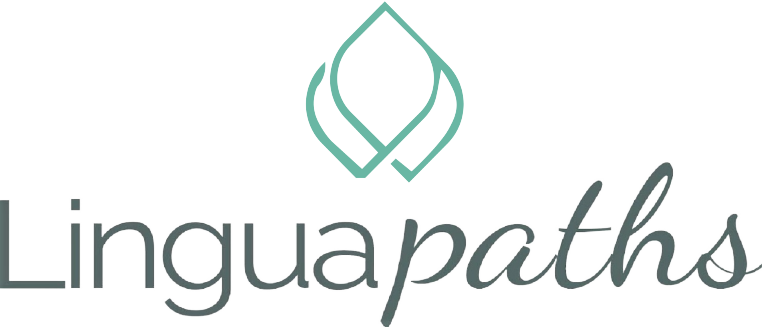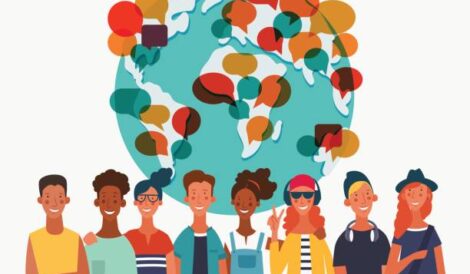Sir Ken Robinson and the importance of creativity
Sir Ken Robinson and the importance of creativity
Sir Ken Robinson is a world famous author and leader in the field of creativity and innovation. In this video, he talks about the importance that creativity has from the very beginning of our lives and how little our educational systems do to promote it, or rather how they do everything they can to exterminate it.
Personally, I agree with most of what he says. Our set of priorities has always been a bit distorted, in some cultures more than others of course. We have always been trained to prioritize thinking and intellectual work above all other things which are as important as or even more important than our heads.
Creativity is such an integral part of ourselves that we cannot afford to lose it, to let it fade away gradually. After all, life itself is one of the most magnificent acts of creation.
How can we apply this creativity to language learning? One of the answers seems to be doing projects (there are projects for elementary and intermediate students on this web). Another application to the language classroom is using less controlled production activities, i.e, activities where students can express themselves more freely. A third application is using art (poems, paintings, music, etc.) in the classroom.
Spanish version:
Sir Ken Robinson es un autor famoso a nivel mundial y líder en el campo de la creatividad e innovación. En este video habla de la importancia que tiene la creatividad desde el comienzo de nuestras vidas y lo poco que nuestros sistemas educacionales hacen para promoverla o mejor dicho todo lo que hacen para exterminarla.
Por mí parte, estoy de acuerdo con la mayoría de lo que dice. Nuestras prioridades siempre han estado un poco distorsionadas, en algunas culturas más que en otras. Hemos sido entrenados para priorizar el pensar y el trabajo intelectual por sobre todo el resto de las cosas que son tan, o inclusive más importantes que nuestras cabezas.
La creatividad es una parte integral de nosotros mismos que no nos podemos dar el lujo de perder o dejar que desaparezca gradualmente. Después de todo, la vida misma es uno de los actos de creación más magníficos que existen.
¿Cómo podemos aplicar esta creatividad a el aprendizaje de lenguas? Una de las respuestas parece ser hacer proyectos (hay proyectos para estudiantes elementales e intermedios en esta web). Otra aplicación es usar actividades de producción menos controladas, es decir, actividades donde los alumnos puedan expresarse más libremente. Una tercera aplicación a la clase es usar arte (poemas, pinturas, música, etc.).

